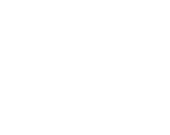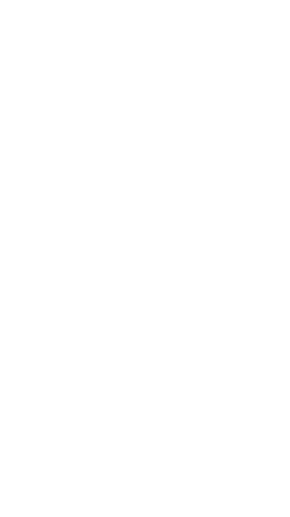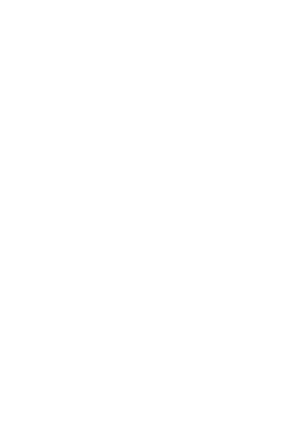 |
 |
 |

|
© NRM / Pictorial Collection / Science & Society Picture Library - Image will be exhibited as part of Riviera Style: Resort & Swimwear since 1900 at the Fashion & Textile Museum, with the print available to buy at kingandmcgaw.com
|
|
 |
RIVIERA STYLE Resort & Swimwear since 1900
22/5/2015-29/8/2015
From the English seaside to the Côte d’Azur and California, Riviera Style celebrates fashion at its most fun. With swimsuits and sarongs, brightly patterned beach cover-ups, boat neck Bretons and beach pyjamas, palazzo pants and playsuits, bikinis and burkinis, the exhibition features over 100 years of clothes for leisure. Riviera Style brings together a diverse range of clothing worn in and by the sea. A key feature of the items selected is the importance of fabric, from early examples to produce the perfect fabric that didn’t bag or sag when wet, to more recent technical developments designed to improve fit and increase speed in the water. Exhibition in association with Leicestershire County Council Museums
|

|
Posted 24 July 2015
|
Share this:
|
|
-Fashion and Textile Museum announces new exhibition (opens 22 May) exploring over 100 years of fashionable bathing from the English seaside to the Côte d'Azur and California.
-Exhibition highlights include Edwardian bathing dresses, knitted swimsuits, barely there Lycra, and a 21st century burkini. Sections include: Bathing Beauties 1900–20;
Cling, Bag, Stretch 1920–40; Mould and Control 1940–60; The Body Beautiful 1960–90; and, Second Skin 1990–present day.
-Highlights the contribution of the UK’s design education training and technology to today’s global fashion swimwear industry.
-Riviera Style is curated by Dr Christine Boydell, De Montfort University and features the collections of Leicestershire County Council.
|
|
|
|

|

|

|

Images courtesy Leicestershire County Council Museum Service
Photo: Kirstin Sinclair
|
|
From the English Riviera to the Côte d’Azur, ‘Riviera Style’ celebrates fashion at its most fun. With swimsuits and sarongs, brightly patterned cover-ups, boat neck Bretons and beach pyjamas, playsuits, bikinis and burkinis, the exhibition brings together over 100 years of clothing worn in and by the sea. See how clothing design, fabric and attitudes to modesty have changed over many years, in combination with a social history of holidays.
Exhibition research by guest curator and design historian Dr Christine Boydell sheds new light on the relationship with swimwear, beachwear and the body. ‘A key feature of the items selected is the importance of material’, says Dr Boydell, ‘from early examples to produce the perfect fabric that didn’t bag or sag when wet, to more recent technical developments designed to improve fit and increase speed in the water.’
|
|
|
|

|

|

|

Women’s leopard print swimsuit in rayon with a multi-lactron elastic yarn, 1939
Images courtesy Leicestershire County Council Museum Service
Photo: Kirstin Sinclair
|
|
Fashion and Textile Museum
The exhibition delves into the extensive archives at Leicestershire County
Council, private collections, fashion magazines and trade journals for original source material. From Edwardian bathing dresses, which preserved the wearer’s modesty, and knitted swimsuits to barely there Lycra, it’s all here – including the burkini which drew national attention when worn by Nigella Lawson on holiday. There are glamorous swimming costumes worn by beauty queens at the seaside resorts of Britain – and there’s even one off-the-peg Symington’s design which was worn by the winner of Miss Great Britain in 1965. (In a sign of the times, she was presented with her prize by comedians Morecambe and Wise).
Head of the Fashion and Textile Museum, Celia Joicey said: ‘Thanks to Leicestershire County Council, the UK is guardian to one of the world’s most significant collections of swimwear. We are delighted to be showing these rare examples in London for the first time, and to make them accessible to as many people as possible. In collaboration with Newham College and De Montfort University, we hope the exhibition will illuminate past and present swimwear fashions, and inspire future design directions in the industry’.
|
|
|
|
|
|
Fashion and Textile Museum is the only museum in the UK solely dedicated to showcasing developments in contemporary fashion, as well as providing inspiration, support and training for those working in the industry. Founded by iconic British designer Zandra Rhodes, the museum is owned by Newham College London – one of Europe’s largest further education colleges. The Museum is located in the only building in Europe designed by award-winning Mexican architect Ricardo Legorreta (1931–2011).
Leicestershire County Council Museum Service is responsible for the care and stewardship of over one million objects which are cared for by specialist curators. The Service makes its collections available through displays at its museum sites, loans to exhibitions (such as ‘Riviera Style’) and through a programme of study and inspirational visits to its Collections Resources Centre. For details click www.leics.gov.uk/museumcollections
Dr Christine Boydell is a design historian who specialises in the history of fashion and textiles. Her PhD was on the American textile designer Marion Dorn. She is the author of Horrockses Fashions: Off the Peg Style in the 40s and 50s and curated an exhibition of the same title at the Fashion and Textile Museum. She has curated exhibitions for Leicestershire County Council and is currently Subject Leader for Critical & Contextual Studies at De Montfort University, Leicester.
|
|
|
|
|
|
|


